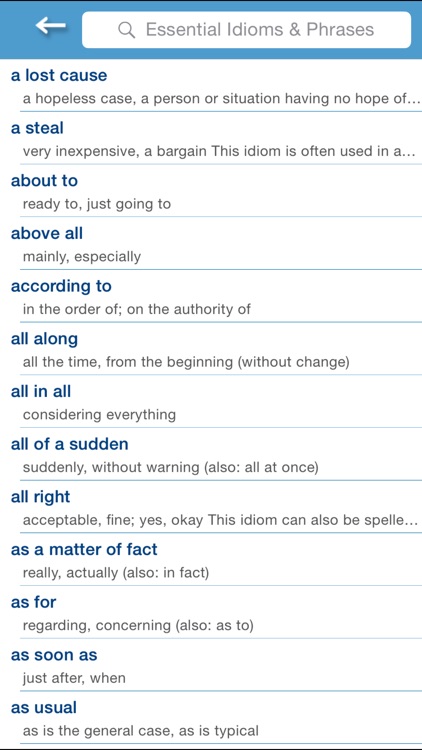

Many idioms use a colour because the thing they refer to is that colour: someone with bruises is called black and blue because those are the colours that fresh bruises are. But in many cultures in Asia, white is a colour for funerals, and red is a symbol of good luck. In those same countries, black is worn at funerals, and wearing red can be associated with not having good morals. Not all colour associations are common to all cultures: for instance, after Queen Victoria wore a white wedding dress in the early 19th century, white became associated with bridal purity (=moral goodness) in many English-speaking countries. When colours in idioms refer to actual coloursįrom the earliest recorded literature, humans have associated colours with ideas. You may want to look back at the Black sheep and white lies post because we will mention some of the idioms from that post here.


Because we take very seriously our responsibility to help people use English accurately and effectively, we think it’s important to say more about this topic.
#Idioms about change update#
And we update the website frequently, so as the language changes, we also change the advice we give about using it.”Īfter that response, some people asked questions about other idioms that may be racist. We don’t provide word origins on our website, but any words or phrases that are offensive have the label offensive. It’s also true that the words black and white can simply be used as names for colours, and they are widely used that way in many idioms. We replied, “Your instinct to examine the language is a good one, since there are so many words and phrases that have been used in the past which we now see are offensive. One of our readers commented on the second post: she wondered whether any of the expressions to do with the colours black and white were racist in origin. Recently, we’ve posted two about idioms that use names for colours – the first one was Seeing red and green with envy, followed by Black sheep and white lies. Just like learning new vocabulary, students need to understand the meaning of idioms, complete pronunciation practice exercises, and have sufficient practice using them in order to commit them to memory and feel comfortable using them.Our blog posts about idioms are some of the most popular ones for our readers. Intermediate and even some beginner classes will be able to benefit from the introduction of simple idioms. While many teachers leave idioms for advanced learners, you can start practicing idioms with your students much earlier. There are 168 worksheets available in this section so you can also find material on other idioms and for more advanced learners.

The file is a large packet of idiom worksheets you can choose to do just one or two at a time and this might be a better approach. You could use this with any level but they were created with pre-intermediate and intermediate classes in mind. This idioms worksheet, for example, includes stories, pictures and a comprehension question for many common idioms. The idiom worksheets in this section are some of the ways teachers have found to address this topic with learners of various levels and ages. Idioms are an important part of language learning and are something that students often struggle with.


 0 kommentar(er)
0 kommentar(er)
